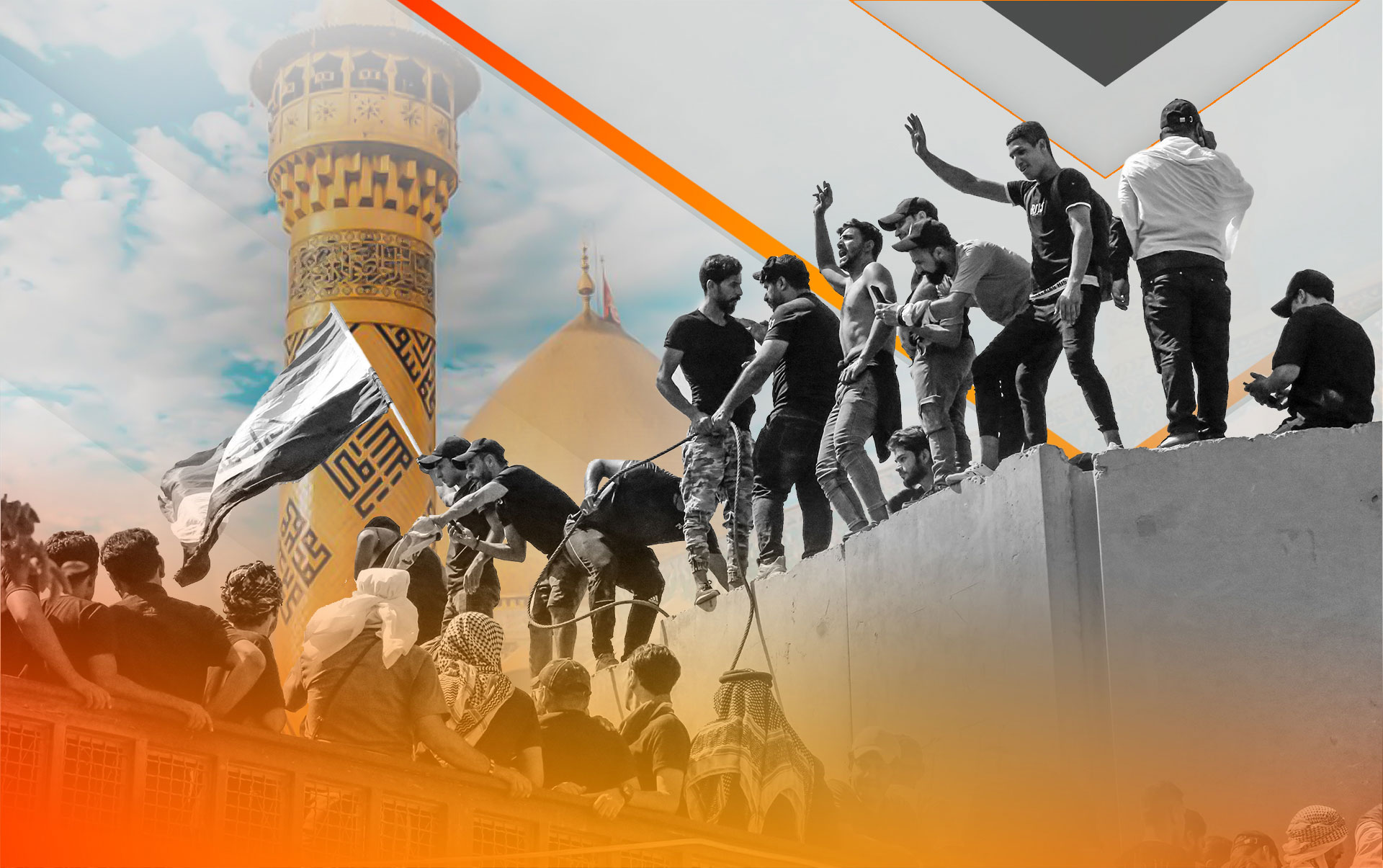After the demonstrations on August 12, which were managed by the coordination framework, in contrast to the Sadrists’ demonstrations in the Green Zone and the outskirts of Parliament, Al-Sadr decided to resort to the street once again to conduct a demonstration that “millions” will participate in. Al-Sadr aims to resolve all doubts about the number of his supporters compared to the coordination framework. After 10 months of conflict between the coordination framework and the Sadrist, the equation for forming the new Iraqi government has yet to be unresolved! Although there were often expectations of the outcome of armed confrontations at the beginning of the political crisis, these risks are currently less than they were in the past.
The Sadrist movement and its organization (Al-Bunyan Al-Marsous), which are considered hierarchical political ideological currents, have a large mass base and active demonstrators in the capital, most of them from the people of the Sadr City area in Baghdad. In addition, the coordination framework demonstrators represent those parties that lack the experience to take to use the streets (except for Al-Hakim protesters), as well as most of them, work within state institutions and some of them belong to the middle class, meaning there is a difference between the protesters of the two sides on the street. Features of simplicity and versatility are evident in the Sadrist, they are seen demonstrating a characteristic of their properties. While the coordination framework protesters are involved in The Popular Mobilization Forces. Some of them left their military duties and took vacations to rest in their homes and during their vacations, they joined the demonstrations. There is a great similarity between the dress, age, and behavior, or of these young soldiers, but there is no similarity in their speeches and chants in front of the cameras and during the protests which means that they are ununited. Each group of these young men praises their leaders, and some of them seem to be forced to participate and shout “No to Iraq” or “Yes, yes to Al-Kadhmi”.
It is impossible to look at the current political division among the Shiites and the polarization that appeared on the authority and then on the street in isolation from the social composition and the nature of supporters and the popular base for both poles. Sadr’s followers are predominantly Shiites from the poor and marginalized classes in the southern provinces and Baghdad. The Sadrist bloc, in the era of Al-Sadr’s father, was also mainly supported by the poor, which is why al-Sadr’s opponents called him “the reference of the poor.” At a time, this was a guarantee for the Sadrist to enjoy an obedient and enthusiastic audience, constantly waiting for orders. On the other hand, the Daawa Party represented by Al-Maliki represents the Shiite elite or those who gained positions and interests in both states (2006-2014) and became owners of status and interests in state institutions. On the other hand, the al-Hakim family represents the “aristocratic Shiites” and all that these two parties have to invest in filling the street are the youthful militants of the PMF and their employees. And every time they tried creating mass movements, their movements became closer to being a show than a demonstration.
Both Shiite axes believe they can mobilize their constituencies and are nevertheless trying to do so. But without these two axes, there is a silent majority that either did not participate in the elections, or represented by October demonstrators, and their participation and opinions are considered important to tilt the balance of power between the two poles. However, due to his popular campaigning, his claim to regime change, and his harsh criticism of the government in which he was a major part, Al-Sadr enjoys a better chance of gathering sympathizers from outside his circle than his opponents who bear the slogan of protecting the constitution and the state. It is clear that the public’s disgust and anger with this regime and the state is at their highest levels and that is why the turnout in the elections is constantly declining two years ago, the uprising against the regime and the post-2003 government was suppressed, which ended with the death of many people.
There are doubts that the streets, will be able to put the conflict aside, because despite the obstruction of the street and the Sadr demonstrators to naming Mohammed Shia Al-Sudani as prime minister by the coordination framework, without the street, weapons, money, boycotts, the opinion of the reference “Marjaayat” and the Iranian influence plays a critical role in the balance of governance in the authority of Iraq! The past two years, these factors were behind the dismissal of the Abdul-Mahdi government. It also prevented Al-Sadr from dominating the state despite his possession of the majority.
After the Sadristt withdrawal and lossing their position in the Legislative Council, they had no choice but to use the streets. Al-Sadr will pursue this approach until a mid-term solution is achieved, which will be clarified in the negotiations later. But the task is more challenging for the coordination framework. They are facing a challenge to prove that the street does not belong to Al-Sadr only, and at the same time, they must show their mass base equal to Al-Sadr’s. How to prove this depends on the upcoming rounds of the crowd-driven game.

